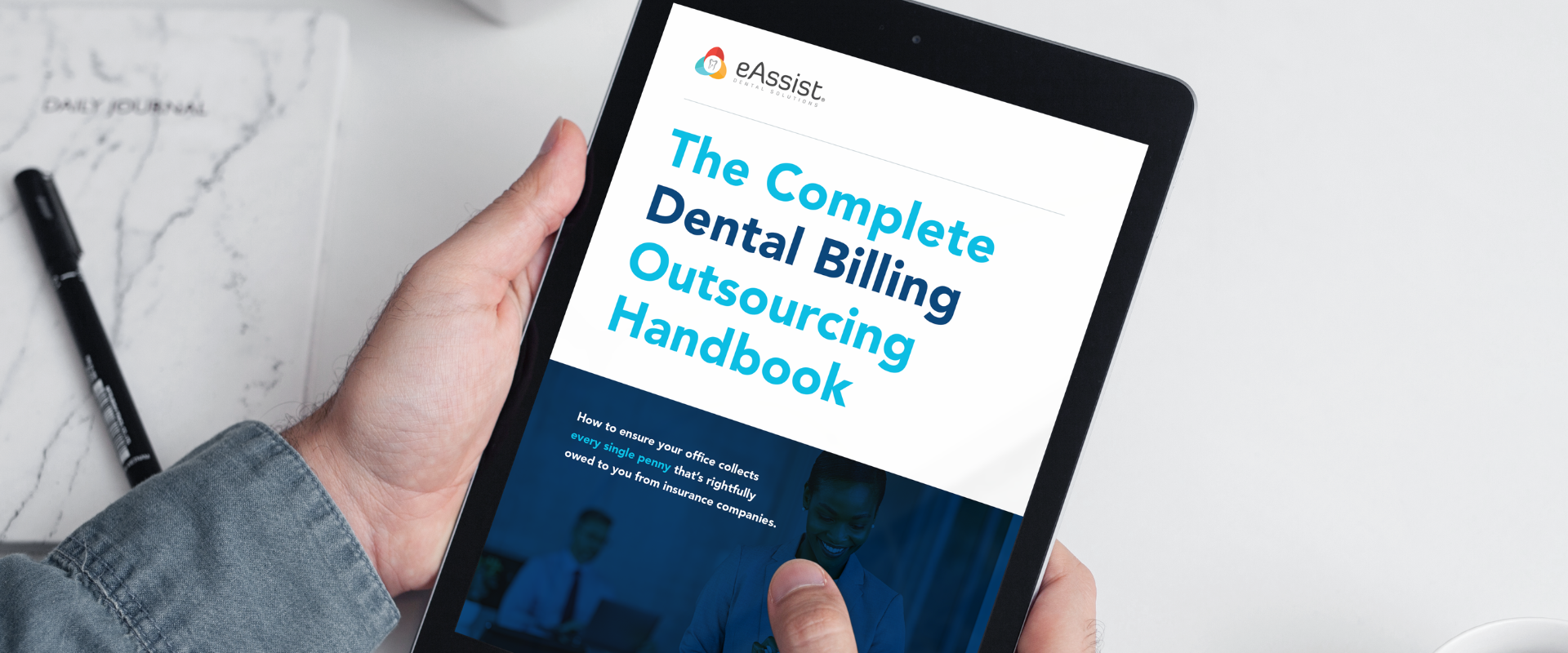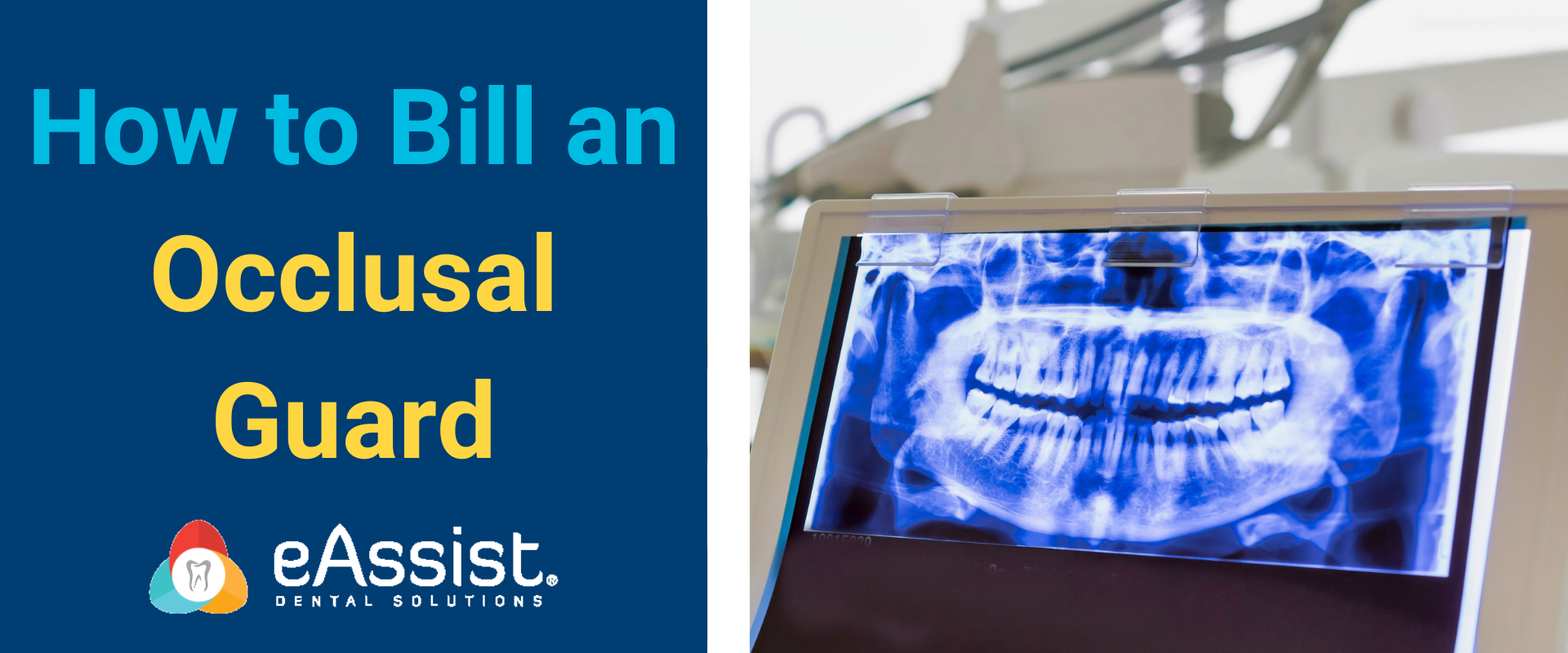Gone are the days when frequency limitations ruled on how often radiographs would be paid. Often I would hear hygienists say “You are due for bitewings” and take them without determining whether the patient would really benefit from radiographs taken every year. The dentist would not be ordering the radiographs; the hygienist and the front office were determining the need based on payment by the insurance company.
Things have changed and are changing as more insurance companies are enforcing the “evidence based” need for dental x-rays versus the insurance company policy provision. It may state in the policy that x-rays are a benefit every 3-5 years for FMX or every 12 months for bitewings but it also says that there needs to be a caries risk assessment and a clinical “medical necessity” to substantiate the claim.
Feedback from dental offices is showing frustration in denied periapical x-rays because the insurance company is demanding narratives and evidence that the patient needs these x-rays. Some insurance companies are asking for an attachment of the x-ray(s) to actually see if they are of diagnostic quality before payment. The reason for the x-ray and the diagnostic reading of the x-ray must be present in the clinical notes before including on the claim.
The clinical chart notes would look something like this:
“John W. Brown(patient) presented on (date) with a severe, constant throbbing pain on the upper right quadrant. He pointed to the area of #2 URM. Dr. _____evaluated the upper right quadrant and recommended a periapical x-ray taken at an angle to get the root and bone area of the tooth. The x-ray revealed a large area of decay under an existing MODL amalgam filling and a radiolucent area at the apex of the M root.”
If you have to ask the dentist for supporting chart notes you must make sure the chart notes are amended by the clinical team before adding them to the insurance claim. The narrative on the claim must match the clinical notes in the chart or it could be suggested that the claims filer put notes on the claim “to get it paid.”
Professional claims filers at eAssist have learned the ins and outs of filing claims for successful adjudication with the maximum of reimbursement for the practice.







0 Comments